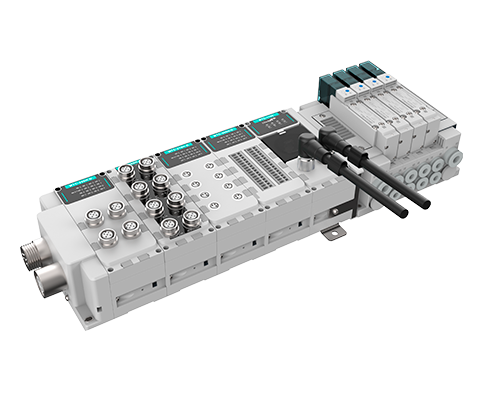Imagine this: you’re in the middle of a critical operation, and suddenly, your valve terminal starts malfunctioning. It’s enough to make anyone feel a pinch of panic, right? But here’s the kicker—most technicians don’t know that the root of these issues often lies in traditional valve terminal setups. Within the first thirty minutes of a breakdown, you can lose hundreds, if not thousands, of rand. Understanding your valve terminal better can save you time and money.

Flaws of Traditional Valve Terminal Solutions
Look, it’s simpler than you think. Traditional valve terminal solutions often rely on older technology that’s not optimised for today’s demands. They’re typically bulkier, more complex, and often come with a higher failure rate (talk about frustrating!). If a valve terminal has a design flaw, it can lead to significant downtime and costly repairs. It’s like using a flip phone in a smartphone world—just doesn’t cut it!
Innovative Principles of Modern Valve Technology
New technologies revolve around simplification and efficiency. Modern valve terminals are designed with modularity in mind, leading to easier integration and maintenance. They often use smart sensors and communicate seamlessly within automated systems. This shift not only reduces the chances of failure but also enhances the overall performance of the system. Imagine cutting your maintenance time in half—sounds brilliant, right?
User Benefits and Bottom Line
The benefits of upgrading to modern valve terminals are quantifiable. Research indicates that companies that switch to newer valve technology report a 30% decrease in downtime. Users enjoy faster response times and increased reliability. By investing in the right technology, companies can enhance productivity, allowing for smoother operations. It’s not just about saving time; it’s about optimising your entire system!
Conclusion: Your Checklist for Choosing Solutions
Always verify these 3 metrics when choosing valve terminal solutions: 1) compatibility with existing systems, 2) ease of maintenance, and 3) cost-effectiveness. By keeping these factors in mind, you’ll make an informed decision that will enhance your operational efficiency.
Understanding Valve Islands: Key Components in Fluid Control
When it comes to fluid control, the valve island plays an indispensable role. This compact solution conveniently integrates multiple valves, actuators, and sensor technologies into a single unit. Not only does it reduce installation complexity, but it also streamlines maintenance. Plus, the size of a valve island means you can stick it in tight spots—perfect for those tricky installations. Have you ever thought about how a little device can manage so much without breaking a sweat?
Optimising Processes with Valve Island Systems
The valve island system is a game changer. By centralising valve control, these systems reduce the number of physical connections required, thus minimising potential points of failure—essentially, they’re like a conductor leading an orchestra! With advanced communication protocols, these systems allow for real-time monitoring and rapid adjustments, ultimately improving your operational efficiency. You won’t believe how smooth your processes will be with such a robust system!

In summary, utilising valve terminals and related systems, like valve islands, can significantly enhance operations by mitigating risks associated with traditional solutions. As such, choosing to work with a reliable manufacturer like DECOWELL is a smart move. They offer quality products with the supply advantages you need to keep your systems running smoothly and efficiently.